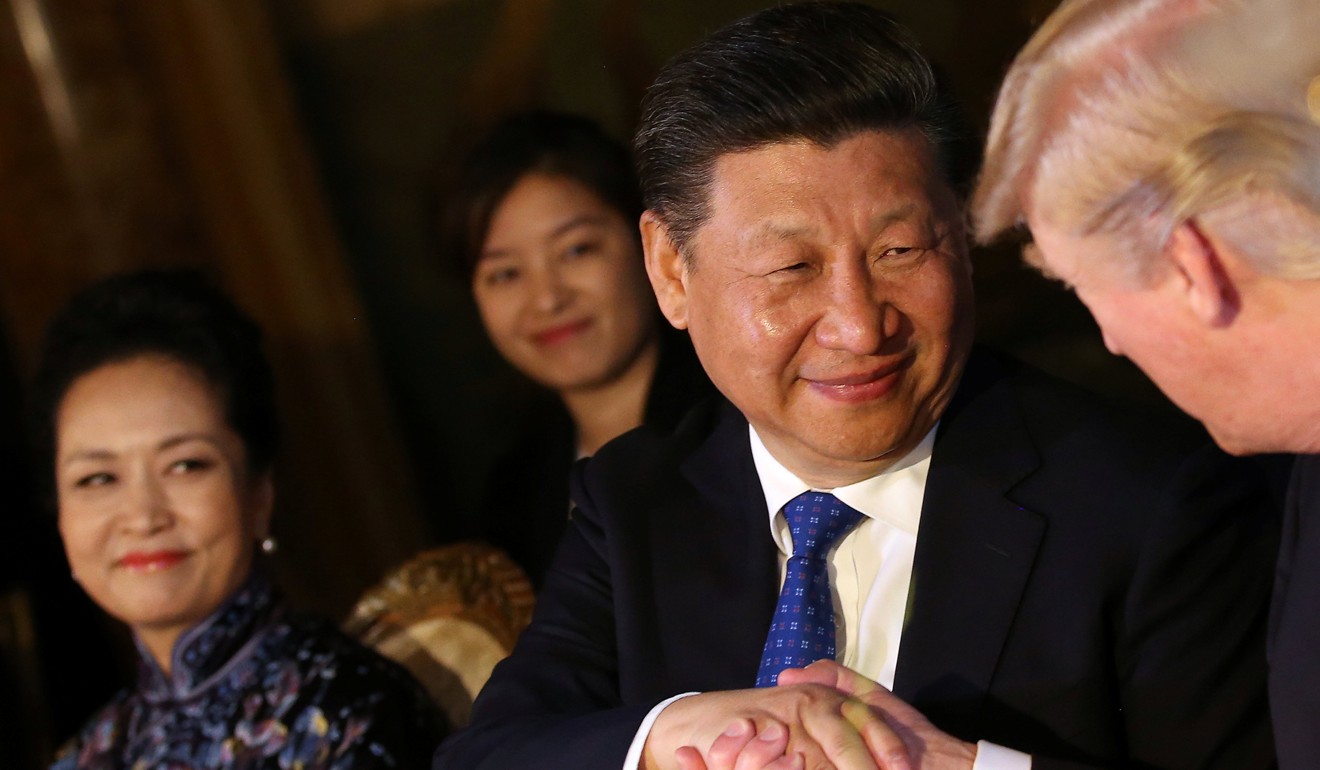Comment: Time for China to come clean on its goals for ‘Belt and Road Initiative’
Ankit Panda says questions regarding how Beijing will measure success of its massive trade and economic integration strategy must be answered at upcoming summit
PUBLISHED : Thursday, 11 May, 2017
On May 14, heads of state or government from more than two dozen states on almost every continent will converge in Beijing for the first-ever “Belt and Road Initiative” (BRI) summit.
Formally announced in 2013 in a fairly low-profile address by Chinese President Xi Jinping during a visit to Kazakhstan, the BRI has since become the pre-eminent cornerstone of Beijing’s grand strategy.
From the Mekong Delta to Balochistan, from Britain’s Hinkley Point C nuclear power plant to the second phase of Sri Lanka’s Hambantota port, the breadth and geographic expanse of projects covered under the BRI banner is immense, amounting to hundreds of billions of dollars in economic activity.
While references to BRI or “One Belt, One Road” regularly crop up in discussions of Chinese infrastructure and investment initiatives abroad, the strategic purpose of the initiative remains somewhat obscured.
Part of this is because China itself hasn’t come out and told the world in succinct and uncertain terms what its overarching objective with BRI is.
One Chinese government document describes the initiatives – the Silk Road Economic Belt and the 21st Century Maritime Silk Road – as “a great undertaking that will benefit people around the world”, suggesting a degree of altruism.
In Beijing’s telling, the “belt” and the “road” are the Eurasian landmass’ dividend, following multiple decades of breakneck growth in China.
For countries locked in strategic competition with China, such as the United States, Japan and India, perspectives on the BRI are less sanguine.

In these countries, the BRI is seen as mere window-dressing for mercantilist geo-economic realpolitik – in other words, China is putting its industrial overcapacity and bloated state-owned enterprises to work overseas to expand its sphere of influence both within Asia and, more broadly, around the world.
These observers see Beijing doling out billions in loans to financially stressed nations that may never be able to pay back their obligations, leading to a possible outcome where their sovereignty is held as collateral by Beijing. BRI may not be about profit in the end, but that doesn’t mean it’s as altruistic as official Chinese documents may suggest.
More romantic accounts of Beijing’s intent with the BRI even go so far as to claim that Xi, imbued with a sense of historic purpose, is seeking to restore a modern equivalent of the Imperial Chinese tribute system.
Viewing BRI as China’s response to the Obama administration’s 2011 “pivot” to Asia gives credence to many of these explanations.
Where the United States sought to recruit a range of maritime Asian states as partners in upholding the status quo regional architecture, China had decided to “March West” – to turn its attention inland, to the states of the Asian heartland, including Central Asia.
Over time, as China came to contend with its ever-increasing domestic overcapacity, the economic logic of supporting friendly governments along its immediate western and southern frontiers (with the notable exception of India) made good economic sense.
Not only would the projects serve to strengthen the hands of China-friendly governments and seal in serious geo-economic advantages, like the Gwadar-Kashgar linkage borne of the China-Pakistan Economic Corridor, they would over time shift Asia’s centre of gravity decisively toward China.
What is undeniable about BRI is that it is a concerted strategic effort by China, representing the most significant transformation of the country’s grand strategic outlook since Deng Xiaoping’s sage utterance: “hide your strength, bide your time.” Today, every instrument of Chinese state power has been directed by Xi to serve in the implementation of the BRI.
But as heads of state and government converge on Beijing soon to talk under the banner of what China has described as the “Silk Road Spirit”, one wonders how Beijing will look to measure the initiatives’ success.
Does BRI succeed when China turns a profit? If not, does it succeed when the various projects are completed and Eurasian interconnectivity is permanently transformed? What if the projects founder with time and multiple states wound up in a fraught relationship with Beijing defined by nothing more than debt obligations?
These questions deserve clarity and the upcoming summit would be the right time for China to come clean about its ultimate goals with the “Belt and Road Initiative”.
No comments:
Post a Comment
Comments always welcome!